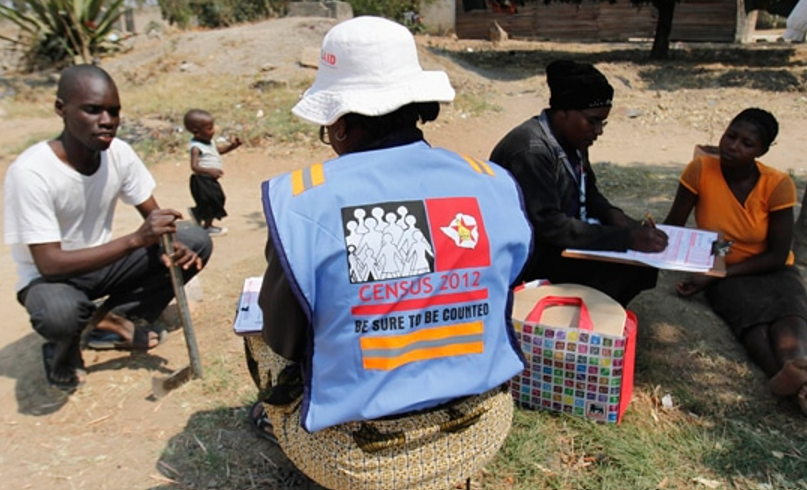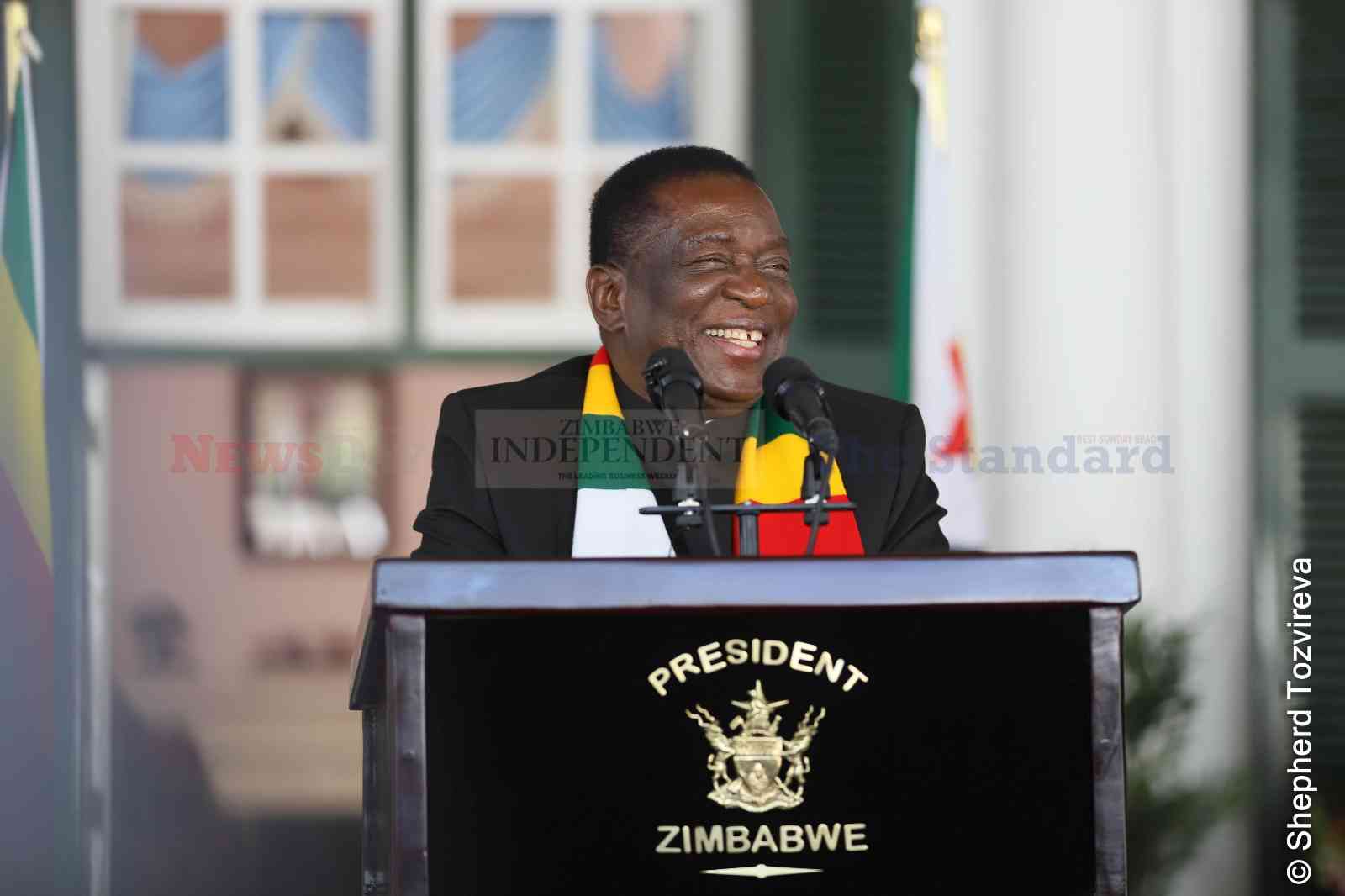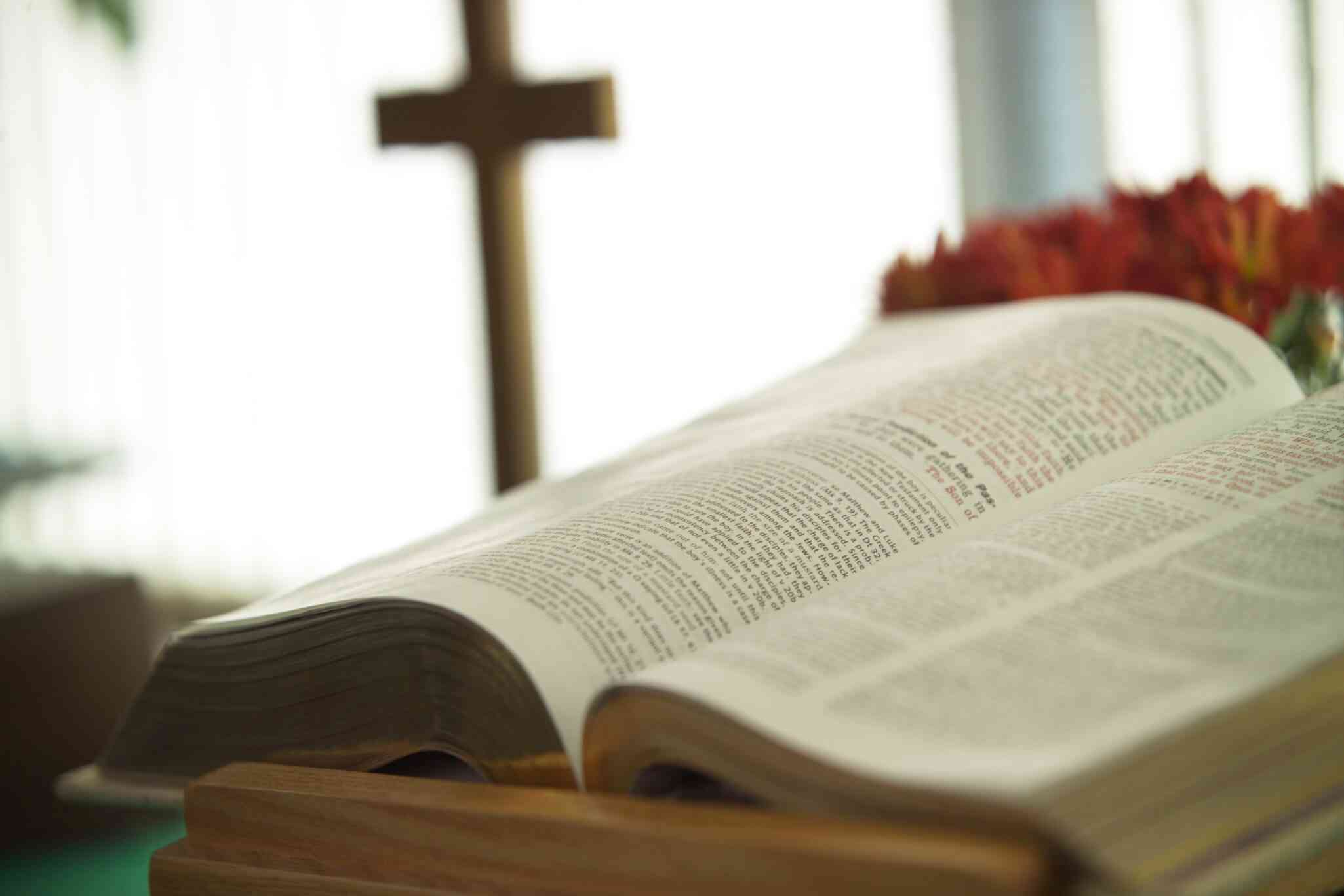
BY Paidamoyo Muzulu ON Wednesday this week, Zimbabwe were told that there were now 15,2 million people in the country, slightly just below double the estimated size of Johannesburg’s estimated at 8 million population.
However, the population size and its distribution has a number of problems politically and economically, giving the country’s leaders more problems than they have at the moment.
The new results show that the population has doubled in the last 42 years. Zimbabwe had a population of 7,4 million in 1980. The slow growth comes with many problems economically as large manufacturers would shun investing in the country, which explains why we have mines as the main centre of foreign direct investment.
In this article, I try to make sense of the new data in relation to four issues: the shrinking Matabeleland population and the threat to social cohesion in the country, a population that is still largely rural versus urban interests in elections, the burgeoning informal economy and the spatial planning headaches associated with sparsely populated communities.
The three Matabeleland provinces: Matabeleland North and South and Bulawayo Metropolitan have a combined 15% of the population. This may seem trivial, but only blows in your face when one considers Harare Metropolitan province alone has 16% of the national population.
What does it mean? It means, all things being equal, the combined Matabeleland provinces will have nearly an equal number of parliamentarians with Harare. Inversely, it can be argued that Harare should receive devolution funds equivalent to the entire Matabeleland region.
However, equity demands otherwise. Matabeleland is not as developed as Harare and, therefore, needs more resources to catch up.
It would also be interesting to see how political parties will deploy their resources for the general election next year. Let me paint another hypothetical political situation. A political party winning Harare, Manicaland, Mashonaland East and West, with a combined 53,3% of the population can actually lead the country.
- Chamisa under fire over US$120K donation
- Mavhunga puts DeMbare into Chibuku quarterfinals
- Pension funds bet on Cabora Bassa oilfields
- Councils defy govt fire tender directive
Keep Reading
So where does this leave Midlands, Masvingo and Mashonaland Central with a combined 31,8% of the population? These could be regions that may receive peripheral attention in political contests.
Actually, winning in the six provinces of Matabeleland, Midlands, Masvingo and Mashonaland Central will not take one anywhere near 50% of the vote.
It would be interesting to see how the emerging statistics will be deployed by contesting political parties in which they will invest heavily in terms of rallies and political programmes.
This brings us to the second point of a largely rural population. A party that wins in all the urban centres will never get an opportunity to form a national government. The combined urban vote is less than 40%. This is similar to the situation in South Africa, where the opposition controls all the metropolitan centres but cannot win a national election.
Will these new insights will force us as Zimbabweans to relook at the aspects of devolution and what model of devolution do we really need for national development?
As an aside, from the look of things, with Zanu PF moving ahead with agriculture financing and nationalising farmers’ debts it is obvious that the party is targeting to harvest the majority rural vote.
The second issue brings us to the third problem — the burgeoning informal economy. When an economy is informalised it is very hard to raise taxes and worse still in a country with large rural voters, it is a foregone conclusion that the resources will be invested into rural areas to gerrymander votes.
Informal economy makes it hard too for people to be unionised or even participate in politics as they see it as an issue that takes them away from their daily grind. It could be the reason why we are having low numbers of registered voters in urban areas and the general apathy that is seen on voting days.
These are some of the issues that the opposition has to grapple with if they ever entertain becoming a national government now or in the near future.
The last and final point — spatial planning headaches. When you have small populations, it is economically unviable to put large infrastructure programmes like roads, industrial areas or even electrifying communities. In terms of economies of scale, it is expensive to offer such services.
Should Zimbabwe change the model of their rural areas where households are interspersed to a more urban centric high density? The answer is a yes. This would make it easier and cheaper to put roads, electricity and water to serve the people.
Naturally a question arises, are Zimbabweans in the rural areas ready for the radical change to adopt the urban centric mode of building houses in a small area — densification? This can be left to community and political leaders to engage the communities on the subject.
The four issues raised in this article are not exhaustive. There are other issues such as levels of education, skills, poverty, access to health and social safety nets that need to be looked into as well. It would be interesting to see all these matters unpacked and scientific solutions to them being proposed, especially by those who seek to lead the country.
Zimbabwe needs to grow its population faster. We are smaller than South Africa, Angola, Zambia or Mozambique in terms of population. It is, however, hard to convince people to reproduce when they are struggling economically. However, the point remains, how will politicians deal with the 15 million problems we have?
The answer is close as political parties manifestos in the coming elections should speak to these issues and more.











